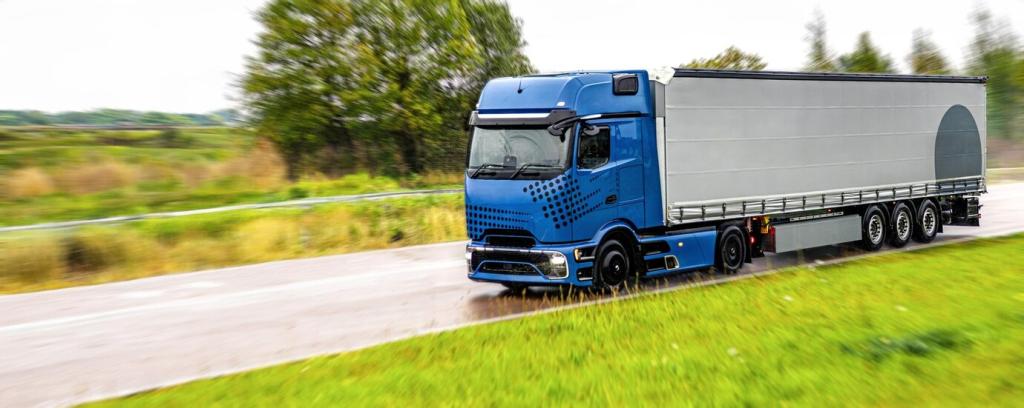Nature-Positive and Biophilic Strategies
Green roofs, pocket courtyards, and operable walls dissolve boundaries and welcome birdsong, breezes, and soft light. A clinic’s garden waiting room lowered stress and medication errors, staff reported. Where could you trade blank corridors for planted pauses that invite a slower breath?
Nature-Positive and Biophilic Strategies
Pollinator meadows, native trees, and bird-safe glazing transform sites into living corridors. One retrofit swapped lawn for a layered understory, and butterflies returned within weeks. Track species, not just square footage, to see progress. What microhabitat could your project sponsor right now?
Nature-Positive and Biophilic Strategies
Use post-occupancy surveys, daylight metrics, and acoustic mapping to verify outcomes. Tenants in a sunlit loft reported fewer headaches and higher focus after glare controls were tuned. Numbers tell the story, but so do words—invite feedback and refine. Will you survey your next building?









